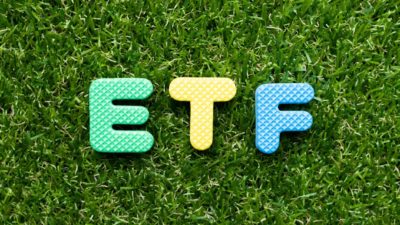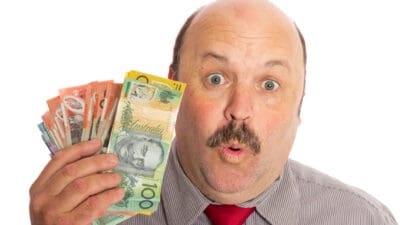Finding investments that can deliver both capital growth and passive income can be a tricky balance. This is because businesses with large dividend yields usually don't grow earnings at a rapid pace.
So, how can investors achieve both growth and cash flow?
Although there aren't too many examples, certain ASX-listed exchange-traded funds (ETFs) can provide investors with diversification, as well as the potential for capital growth and passive income.
Let me explain how.
Utilising high-quality ASX ETFs for cash flow
There is a wide range of available funds for investors to utilise, such as ones focused on the ASX share market, other specific countries, the global share market, particular sectors, and so on.
I like funds that aim to invest in high-quality international businesses because they can provide Australians with earnings diversification and exposure to growth.
Three of my favourites in this area are VanEck MSCI International Quality ETF (ASX: QUAL), Betashares Global Quality Leaders ETF (ASX: QLTY), and VanEck Morningstar Wide Moat AUD ETF (ASX: MOAT).
Each tries to build a portfolio of quality shares in a different way, and as of February 2025, each had delivered an average annual return of more than 15% since inception. Past performance is not a guarantee of future performance, of course. But I believe these ETFs can outperform the return of the S&P/ASX 200 Index (ASX: XJO) in the long term.
I think an effective strategy with ASX ETFs would be to sell a small portion of a person's ASX ETF holding each year and utilise that cash flow for whatever they want to use that passive income for. By doing that, we can create a 'yield' from the ASX ETF holding. Let me give you an example.
Create a passive income yield
Imagine having $100,000 in one of the ASX ETFs I mentioned above, such as the QUAL ETF or the QLTY ETF. First, I'd activate the distribution reinvestment plan (DRP) to ensure my money is compounding to maximise the strategy I'm about to outline.
Let's be conservative and assume these funds don't perform as strongly as in the past and achieve an average annual return of 10%. Some years may be better, and some years may be worse, but it can average out to 10%.
If $100,000 grows by 10%, it obviously becomes $110,000 after a year. An investor could decide they want a dividend yield of 4% or 5%. We'll go with 5% in this example. A 5% yield on the original $100,000 would mean selling $5,000 for passive income, leaving $105,000 remaining as the fund balance.
If the $105,000 grew by another 10%, it'd become $115,500. Achieving a 5% yield on the $105,000 figure would be passive income of $5,250 and leave a balance of $110,250.
If it played out like that, we'd be seeing a good starting cash flow yield, a growing payout, and a growing portfolio balance. It would be a bumpier ride than just rising 10% every year, but I think the ASX ETFs I mentioned – the QUAL ETF, the QLTY ETF, and the MOAT ETF – would have a good chance of performing better than the ASX and providing good returns because of their underlying quality.









